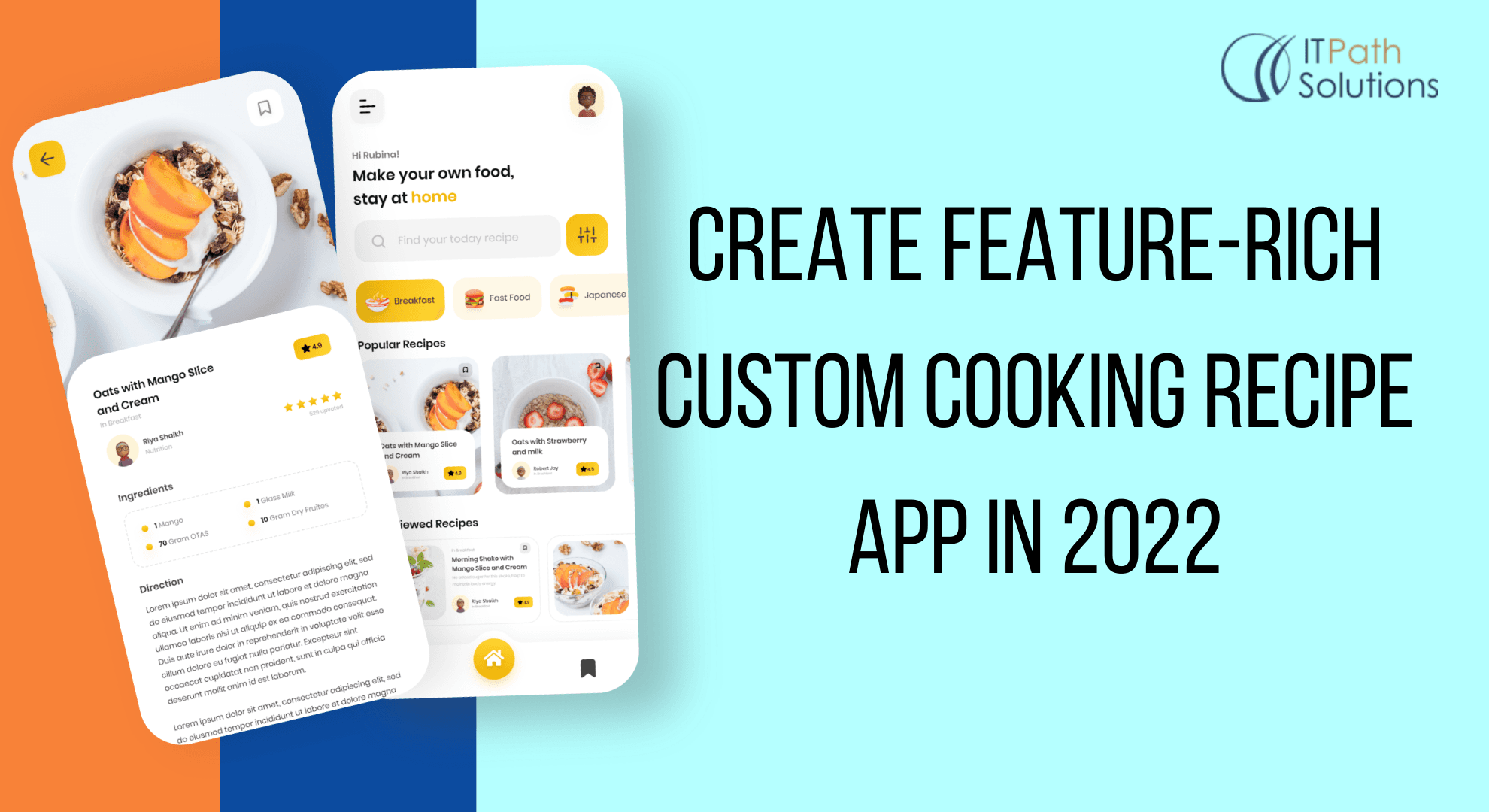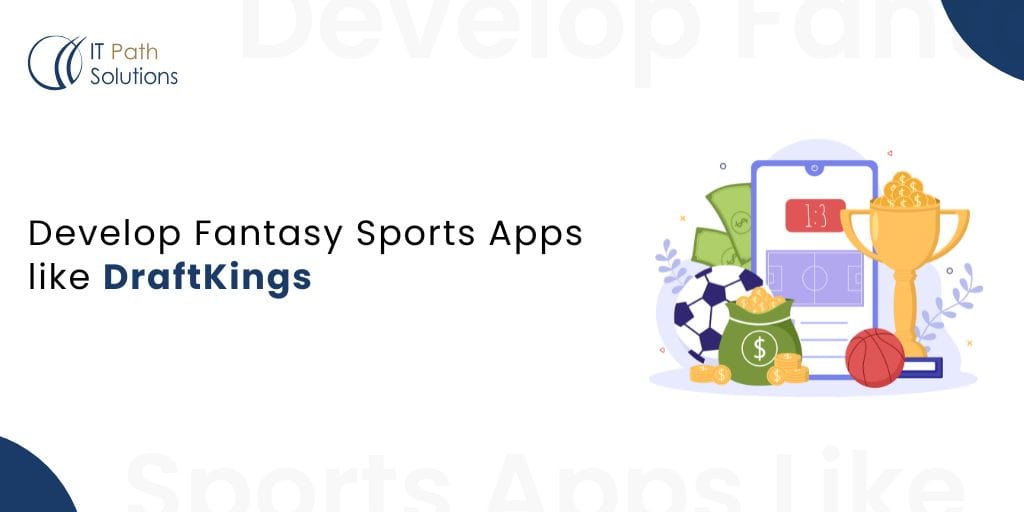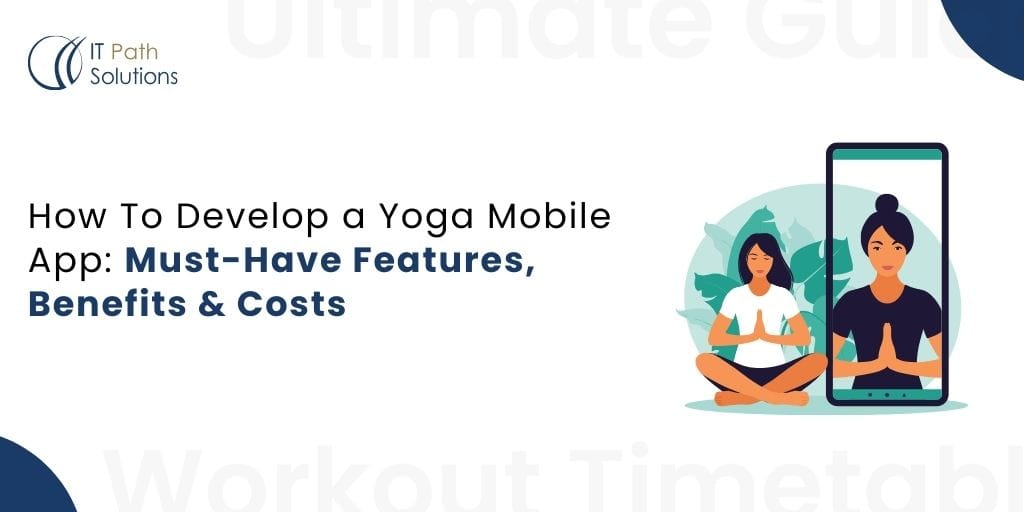Create Feature-Rich Custom Cooking Recipe App

During the global pandemic, around 400 million people were staying at home. As the world came to a standstill, a significant number of people turned to online services for indoor activities like cooking, health, games, and more. Cooking recipe app development experienced a substantial boost during this period as people had to cook at home and could not dine out. This trend presented an excellent opportunity for aspiring entrepreneurs to create a recipe maker app or a recipe generator app that could transform home cooking into a fun and engaging activity.
If you are considering developing a recipe creator app, this article will guide you through the essential features and steps to build a successful app. Let’s explore the process of making such a custom cooking recipes app and the features it should entail.
Features for Custom Cooking Recipe App Development
To make your recipe app user-friendly and engaging, it’s essential to design features that cater to both users and administrators. Here’s a detailed breakdown:

Features for the User Panel
- Create Profile Users can create profiles by adding essential information, their food preferences, and favorite cuisines. Integrating social media and email-based APIs can streamline account creation and login processes.
- Search Recipes This feature enables users to search for recipes using filters such as recipe titles, categories, or ingredients.
- Advanced Search Users can refine their searches based on occasions, courses, cooking methods, dietary requirements, or seasonal ingredients. This feature ensures they find the perfect recipe for any situation.
- Video Tutorials Video tutorials provide step-by-step guidance, making it easier for users to follow recipes and learn new cooking techniques.
- Add Recipes Users can contribute their own recipes to the app. They can choose to keep these recipes private or share them publicly.
- Save Recipes Allow users to save their favorite recipes for easy access anytime, anywhere.
- Social Sharing Users can share their favorite recipes on social media platforms, enhancing user engagement and app visibility.
- Alerts & Notifications Notify users about new recipes, offers, discounts, or cooking tips to keep them engaged.
- Cooking Groups Create a community feature where users can share recipes, organize virtual potlucks, and discuss their cooking experiences.
- Share Pics and Videos Users can upload pictures and videos of their cooking experiences, fostering a fun and interactive environment.
Features for the Admin Panel
- Manage Cuisines Admins can add, edit, or delete cuisines to ensure the app stays updated with diverse options.
- Manage Recipes Admins can oversee user-submitted recipes, add new ones, and ensure quality control.
- User Management Admins can manage user profiles, address complaints, and moderate content to maintain a safe and respectful community.
- Payment Management For monetized apps, admins can handle payments, manage subscriptions, and set pricing for premium features.
- Push Notifications Admins can send timely notifications to users about updates, promotions, or new features.
Types of Cooking Recipe Apps
Here are some ideas for recipe creator apps that you can consider:
- DIY Recipe Collection Offer a variety of recipes and allow users to save their favorites with a single tap.
- Social Cooking App Create a space where users can exchange recipes, upload photos of their dishes, and connect with other cooking enthusiasts.
- Built-in Recipe Collection Provide a comprehensive library of recipes that users can access anytime.
- Recipe Sharing App Enable users to share their favorite recipes with others, fostering a collaborative cooking community.
- Recipe Cost Calculator App Help users calculate the cost of ingredients to minimize waste and manage their budgets effectively.
Tech Stack for Recipe App Development
The tech stack for your recipe generator app will depend on your specific requirements and goals. However, here’s a suggested tech stack:
- Frontend: React Native, Flutter, or Swift for iOS and Android compatibility.
- Backend: Node.js, Django, or Ruby on Rails for robust server-side operations.
- Database: MongoDB, PostgreSQL, or Firebase for efficient data storage.
- APIs: Integrate third-party APIs for video streaming, social sharing, and payment gateways.
- Cloud Services: AWS or Google Cloud for scalability and reliability.
Steps to Build a Recipe App
- Market Research Analyze your target audience and competitors to identify gaps in the market.
- Feature Planning Decide on the essential features your app will offer, such as recipe search, video tutorials, and social sharing.
- UI/UX Design Create an intuitive and visually appealing interface that enhances user experience.
- App Development Use the chosen tech stack to develop the app’s frontend and backend components.
- Testing Conduct rigorous testing to identify and fix bugs before launch.
- Launch and Marketing Launch the app on app stores and promote it through social media, blogs, and ads.
- Gather Feedback and Update Collect user feedback and release updates to improve the app continually.
Monetization Strategies
To make your recipe maker app profitable, consider these monetization options:
- Subscription Plans: Offer premium features like exclusive recipes or ad-free browsing.
- In-App Purchases: Sell recipe bundles or cooking tools.
- Ads: Partner with brands to display ads within the app.
- Affiliate Marketing: Promote cooking-related products and earn commissions on sales.
Final Thoughts
Developing a custom cooking recipe app can be a lucrative venture if executed well. By incorporating features like advanced search, video tutorials, and social sharing, you can create a platform that transforms cooking from a chore into a passion. Regular updates, user feedback, and innovative features will ensure your app’s success.
If you’re ready to build a recipe app, our team of experienced developers can help you from consultation to launch. Contact us today to bring your vision to life!
 Healthcare
Healthcare  Education
Education  Real Estate
Real Estate  Logistic
Logistic  Themes
Themes
 Plugins
Plugins
 Patterns
Patterns





